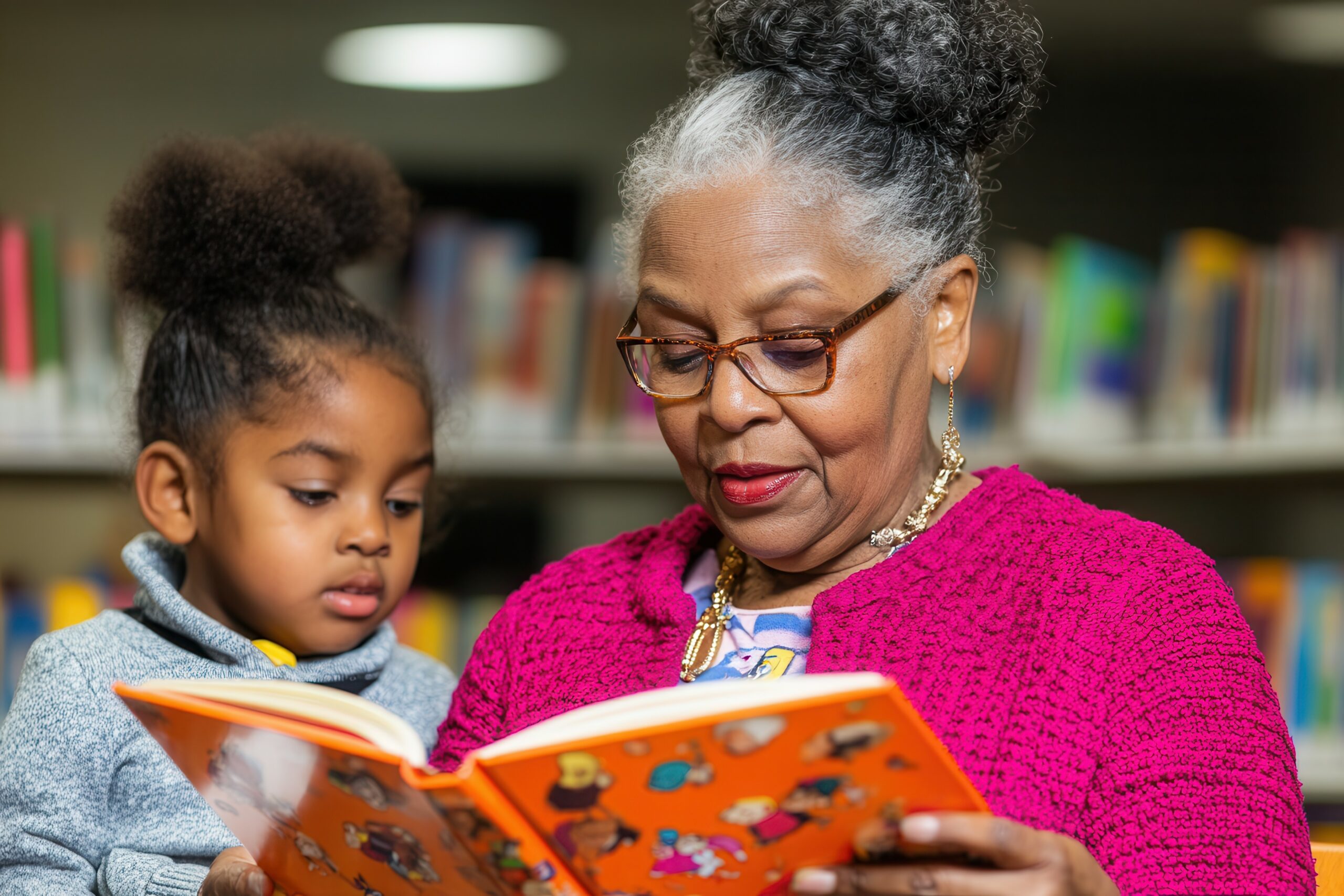A Timeless Thread in a Rapidly Changing World
As someone who has worked with children across hospital rooms, classrooms, and therapy spaces, I’ve watched the landscape of early education shift dramatically. We’ve moved from flashcards to touchscreens, from books on shelves to books on tablets. And while there is no denying the value of technology in today’s learning environments, one truth continues to shine through: storytelling remains the most powerful tool in early literacy.
In a world that increasingly favors speed, efficiency, and automation, storytelling offers something different. It gives children permission to imagine, to feel, to connect. It builds language naturally, fosters empathy, and lays the foundation for lifelong learning. And it’s precisely because of our digital evolution that storytelling has never been more essential.
What Storytelling Offers That Screens Alone Can’t
At its core, storytelling is about connection—human to human, heart to heart. Whether it’s a bedtime story told by a parent, a teacher reading aloud with voices and gestures, or a child making up a tale with their toys, storytelling teaches language in its richest, most organic form.
It nurtures listening skills, narrative structure, vocabulary development, and comprehension, all while keeping the child emotionally engaged. Stories don’t just teach the mechanics of language; they invite children into a world where they can safely explore emotions, face challenges, and discover who they are.
Digital tools are wonderful supports for literacy when used thoughtfully, but they can’t replace the warmth of a shared story. The tone of a caregiver’s voice, the rhythm of language, the eye contact, the pauses for questions—these are the elements that stick. They are the scaffolding for meaning and memory.
How Technology Can Support, Not Replace, Storytelling
As someone who advocates for inclusive and adaptive learning, I’m not anti-technology. In fact, I’ve seen how digital storytelling tools, audiobooks, and interactive story apps can enhance the storytelling experience—especially for children with learning differences or limited access to books.
For instance, children with visual impairments can benefit from audiobooks that bring characters to life. Students with expressive language delays may use digital platforms to record their own stories with images and audio. E-books with read-aloud functions and touch-activated features can increase accessibility and engagement for reluctant readers.
The key is intentional use. Technology should be a tool that invites more storytelling, not less. It should never be a substitute for conversation, imagination, or human interaction. When used wisely, it can become a bridge—not a barrier—to early literacy.
The Emotional and Social Power of Storytelling
One of storytelling’s most underrated contributions to early literacy is its ability to foster emotional intelligence and social connection. When children hear stories about others—real or fictional—they begin to develop empathy. They learn to identify emotions, consider different perspectives, and navigate relationships.
I’ve worked with children in medical settings who used storytelling to make sense of their illness and reclaim a sense of agency. I’ve seen anxious students relax when we created stories together, giving their worries names and shapes and eventually turning them into characters they could outsmart or befriend.
These are not just sweet moments. They’re powerful literacy experiences. They show that language is not just about decoding letters but about understanding ourselves and others. This is something no app, however advanced, can replicate on its own.
Preserving Cultural Identity and Family Bonds
Another reason storytelling continues to matter—perhaps even more in the digital age—is that it connects children to family traditions, cultural identity, and ancestral wisdom. Every culture has its stories. When we pass these along to children, we’re not only teaching them language, but also values, history, and belonging.
In multilingual and multicultural classrooms, inviting children to share stories from home is one of the most empowering literacy practices we can offer. It validates their voice and gives them a sense of ownership in the learning environment.
Family storytelling also strengthens bonds. In a time when many households are overwhelmed by digital distractions, the simple act of telling or reading a story together can anchor a child’s sense of safety, presence, and connection.
Making Space for Storytelling in Early Learning Environments
So how do we make sure storytelling remains central to early literacy in an increasingly digital world? It starts with intentional time and space. As educators and caregivers, we must carve out daily moments for shared stories—both reading aloud and telling from memory or imagination.
Here are a few practices I’ve found effective in keeping storytelling alive in the classroom and at home:
- Daily Story Circles: Invite children to share something that happened to them or make up a tale based on a prompt.
- Story Starters and Visual Prompts: Use images, objects, or sentence starters to help children generate original stories.
- Student Storybooks: Encourage children to create their own picture books using drawings, digital tools, or dictation.
- Family Story Projects: Assign activities where children interview family members and write or record their stories.
- Reading Aloud with Intention: Choose books that reflect your students’ lives and experiences—and read them with expression, pausing to ask questions and encourage predictions.
These strategies are not difficult, but they require commitment. The rewards, however, are enormous—stronger language skills, deeper engagement, and more joyful learning experiences.
The Story Continues
In the face of rapid technological change, it’s easy to assume that old traditions will fade. But storytelling is not one of them. In fact, I believe it’s more relevant than ever. As digital media becomes more prevalent, storytelling offers the counterbalance children need—an anchor in language, a spark for imagination, and a bridge to human connection.
The future of early literacy isn’t about choosing between screens and stories. It’s about using technology wisely, while never forgetting that at the heart of every great reader is a great story—told by someone who cared enough to share it.
So let’s keep telling them. In every form, in every voice, and in every space we can. The story isn’t over. It’s just beginning.
